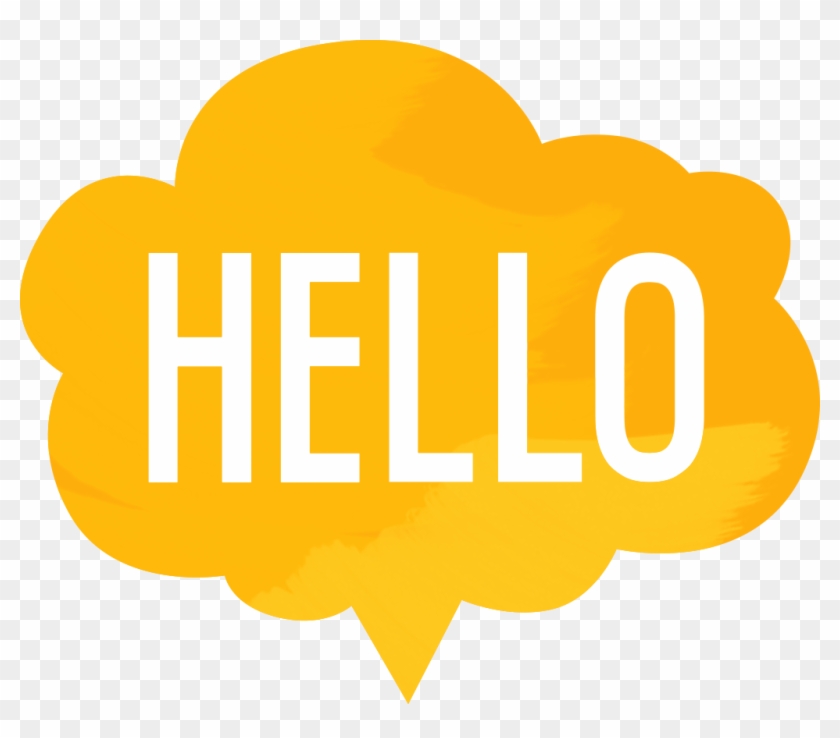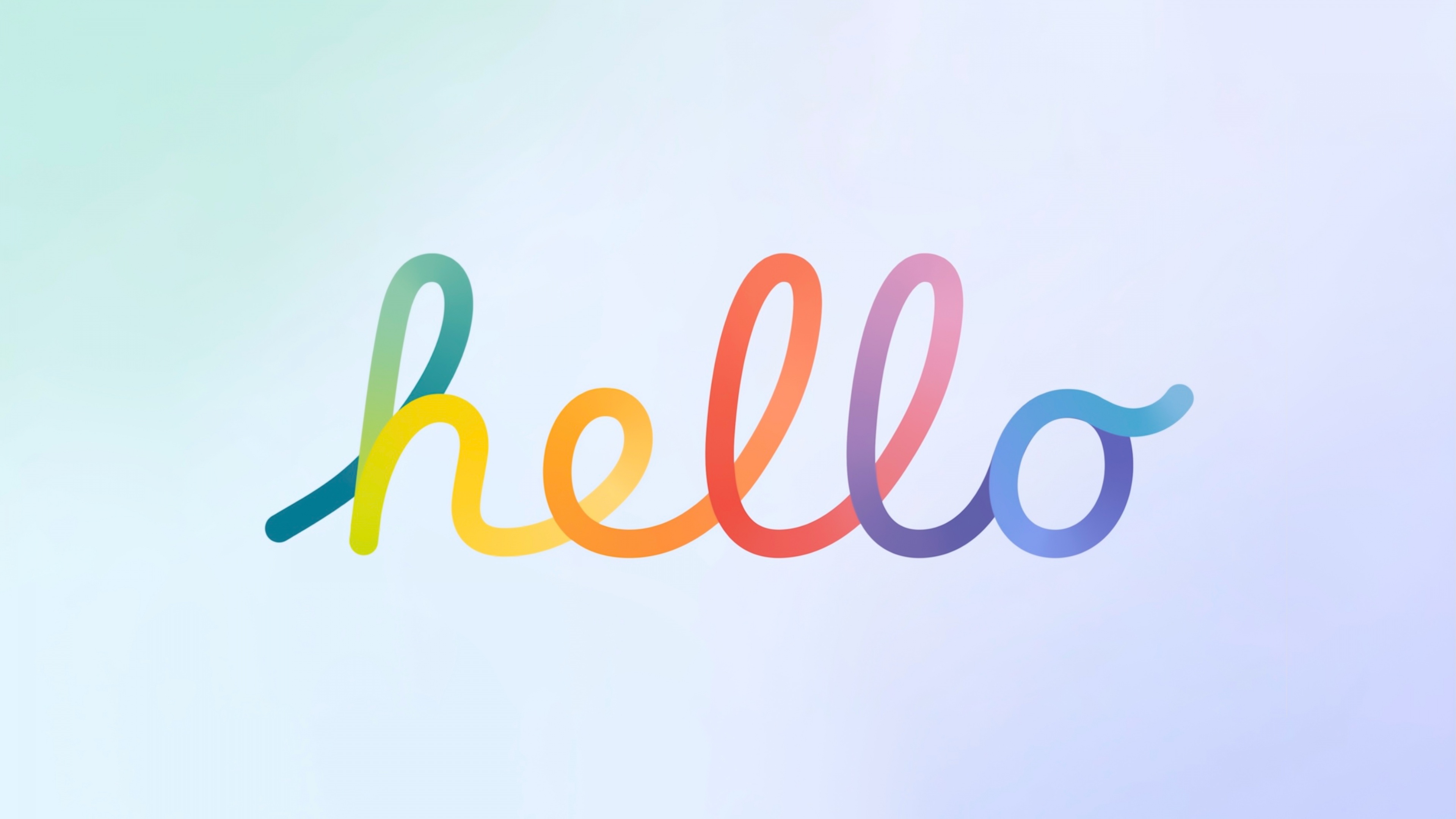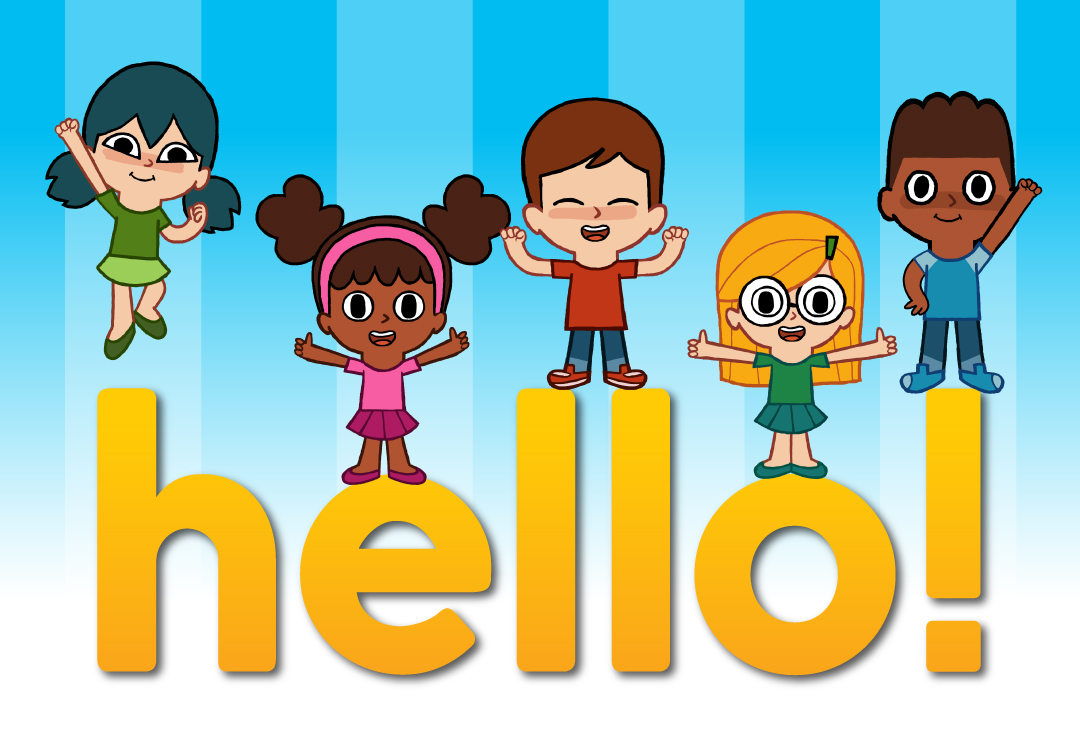Hello Hello India - The Universal Welcome
Sometimes, a single word holds so much more than its simple sound. It carries a feeling, a connection, a moment of reaching out. Think about "hello." It is a word that, you know, just seems to open up so many doors, whether you are greeting someone across a room or, perhaps, stepping into a new kind of experience. It's a fundamental part of how we interact, really, how we start things off.
This little word, "hello," has a rather interesting past and a very busy present. It pops up in places you might not expect, from old books to the latest gadgets we use every day. It shows up in stories that take us to different worlds and in the charming tales of characters we have grown to love. It's a word that, in a way, just keeps on giving, always finding new spots to make an appearance and to help things get going.
So, we are going to take a closer look at this word, "hello," and see where it has been and where it is going. We will explore its surprising journey, how it helps us connect with technology, and how it even plays a part in the stories and friends we cherish. It is pretty cool, honestly, how one small word can have such a wide reach, acting as a kind of universal sign of welcome and beginning, almost like a quiet nod to something special, hello hello india.
Table of Contents
- The Enduring Charm of a Simple Greeting
- Digital Welcomes and New Ways to Say "Hello"
- When "Hello" Takes Us to Other Places
- The Friendly Faces of "Hello"
The Enduring Charm of a Simple Greeting
It is rather interesting how certain words just stick around, becoming a permanent fixture in how we talk. "Hello" is definitely one of those words. It has a kind of timeless quality, you know, a way of feeling just as right today as it did many years ago. This word, which we use so casually now, has a surprisingly rich background, showing up in important moments and gaining widespread use over time. It is a word that, honestly, just keeps on being useful, a real staple in our daily chats and bigger conversations too. Its simple sound, in a way, carries a lot of weight.
Consider its humble beginnings, how it started as a way to get someone's attention, perhaps across a distance, or to signal a presence. Over the years, it picked up more meaning, becoming a standard way to start any conversation, whether it was face-to-face or through new inventions that changed how people communicated. It is pretty neat, actually, to think about how this one word has adapted and grown, always staying relevant. It truly is a remarkable little word, always ready to kick things off. It is, you know, a very versatile word.
How Did "Hello" Become So Popular - hello hello india?
The word "hello" really took off around the year 1880. It became so incredibly common that even a very famous writer, Mark Twain, included it in one of his pieces. His work, called "Telephonic Conversation," featured this word, making it one of the first times "hello" appeared in something written for people to read. This was a pretty big deal, honestly, for a word to make its way into literature like that. It showed just how much it had become a part of everyday speech, a true sign of its growing reach.
This appearance in a published work really cemented "hello" as a widely accepted and recognized greeting. Before that, it might have been more informal or limited in its use, but once someone like Twain put it on paper, it gained a new kind of legitimacy. It is, you know, a bit like a stamp of approval. This moment, you could say, helped "hello" spread even further, making it a truly common way for people to greet each other, a simple yet effective opening for any talk. It really helped make "hello hello india" a part of our shared way of speaking, even if only in spirit.
Digital Welcomes and New Ways to Say "Hello"
Our world keeps moving forward, and with it, the ways we interact with machines and systems. The idea of a "hello" has certainly changed to fit this new environment. It is not just about saying a word anymore; sometimes, it is about a quick glance or a simple touch. These new forms of "hello" help us get into our devices quickly and safely, making our lives, in some respects, a bit smoother. It is pretty cool how technology adapts such a basic human action.
These digital greetings are a clear sign of how much our daily routines have shifted. We expect things to be quick and easy, and our devices are now built to recognize us in very personal ways. This kind of "hello" is all about making things convenient and secure, letting us access our information without much fuss. It is, you know, a really smart way to keep our stuff safe while still being very easy to use. It shows how even a simple greeting can take on complex forms.
What Does "Hello" Mean in Tech Today - hello hello india?
When we talk about "hello" in the world of computers, one big example is Windows Hello. This feature lets you get into your computer just by showing your face or, perhaps, using your finger. It is a really convenient way to keep your things private without having to remember a long string of letters and numbers. Many people find this way of logging in to be very simple and, honestly, quite quick. It is a modern take on a very old idea, that of recognizing someone to let them in.
Setting up something like Windows Hello is, as a matter of fact, pretty straightforward. If you have ever had a little trouble with it, perhaps getting stuck, the solution is often quite simple. You might just need to turn it off and then turn it back on again. After that, you can usually go right into setting up your facial recognition, or whatever method you prefer, and it will work just fine. This kind of "hello" makes using your computer a much more personal experience, almost like your device knows you. It is, in some respects, a very clever system for a quick "hello hello india" to your machine.
When "Hello" Takes Us to Other Places
Stories, especially those we watch on screens, have a wonderful way of taking us to different times and places. Sometimes, the word "hello" even becomes part of the title, hinting at the kind of connections and new experiences we are about to see. These tales can show us how people interact in imagined futures or how they deal with changes in their surroundings. It is a pretty neat way to explore big ideas, you know, through the lens of a simple greeting.
Such stories often invite us to think about what it means to be human, even when the setting is far removed from our everyday lives. They present characters who are, in a way, trying to find their place, to connect with others, and to understand the world around them. The idea of "hello" in these contexts can mean the start of a new friendship, the beginning of a challenge, or even a moment of self-discovery. It is, honestly, a very powerful concept for a story to build upon.
How Do Stories Show Us "Hello" - hello hello india?
Consider an anime called "Hello World." It takes us to the year 2027, in a city called Kyoto, which has gone through some pretty big changes due to new inventions. The story is about two young people who go to school together. One of them, a boy named Naomi Katagaki, is a bit shy and does not really talk much with others. The tale explores how these characters interact in a world that is, you know, very advanced in its technology. It is a fascinating look at what "hello" might mean in a future setting.
This story, which you can find details about on places like MyAnimeList, is all about connections and how they form, even in a world that might seem a little cold at first glance. It shows how people, even those who are a bit reserved, still need to reach out and, perhaps, find a way to say "hello" to those around them. The city of Kyoto itself, in a way, becomes a character, with its new advancements shaping how everyone lives and, honestly, how they relate to each other. It really makes you think about the quiet ways we say "hello hello india" to the future.
The Friendly Faces of "Hello"
Some greetings come with a familiar face, a character that brings a smile to many people. These characters often have stories of their own, full of friendships and adventures, and they somehow embody the very idea of a warm welcome. They remind us that saying "hello" can be about kindness, about having fun, and about building bonds that last. It is pretty charming, you know, how these figures become symbols of simple, good feelings.
These beloved characters show us that a friendly greeting is a universal thing, something that everyone can understand and appreciate. They live in worlds where friendship is a central theme, and their interactions often start with a simple, open welcome. It is a very sweet reminder that, at its heart, "hello" is about connection and being open to others. They truly are, in some respects, ambassadors of good cheer, always ready with a kind word.
Who Are the Characters That Say "Hello" - hello hello india?
Take, for instance, a character like Pompompurin, a very athletic dog who is good at many sports. He is, you know, a really great player in three-on-three basketball games and a pretty good goalie when it comes to soccer. He also happens to be a very close companion to Hello Kitty. Pompompurin has a rather round face that, honestly, makes you want to give it a gentle squeeze. Their friendship is a lovely example of how different characters can get along and share good times.
Then there is Hello Kitty herself, a character known all over the world. She was born in a part of London that is a bit outside the main city. She lives with her mom and dad, and she has a twin sister named Mimmy, who is her very best friend. These characters, along with others like Mocha, Chiffon, Cappuccino, Espresso, and Milk, often join Cinnamoroll on exciting trips. They meet new friends, like a girl named Anna, and, you know, these meetings often start with a simple "hello." These stories, in a way, show us how many different people and creatures can come together and share in the spirit of "hello hello india," creating bonds and having adventures.

Hello Clipart

Typography Wallpaper Hd

TFF chit chat 27th and 28th April - Page 2 - FISO